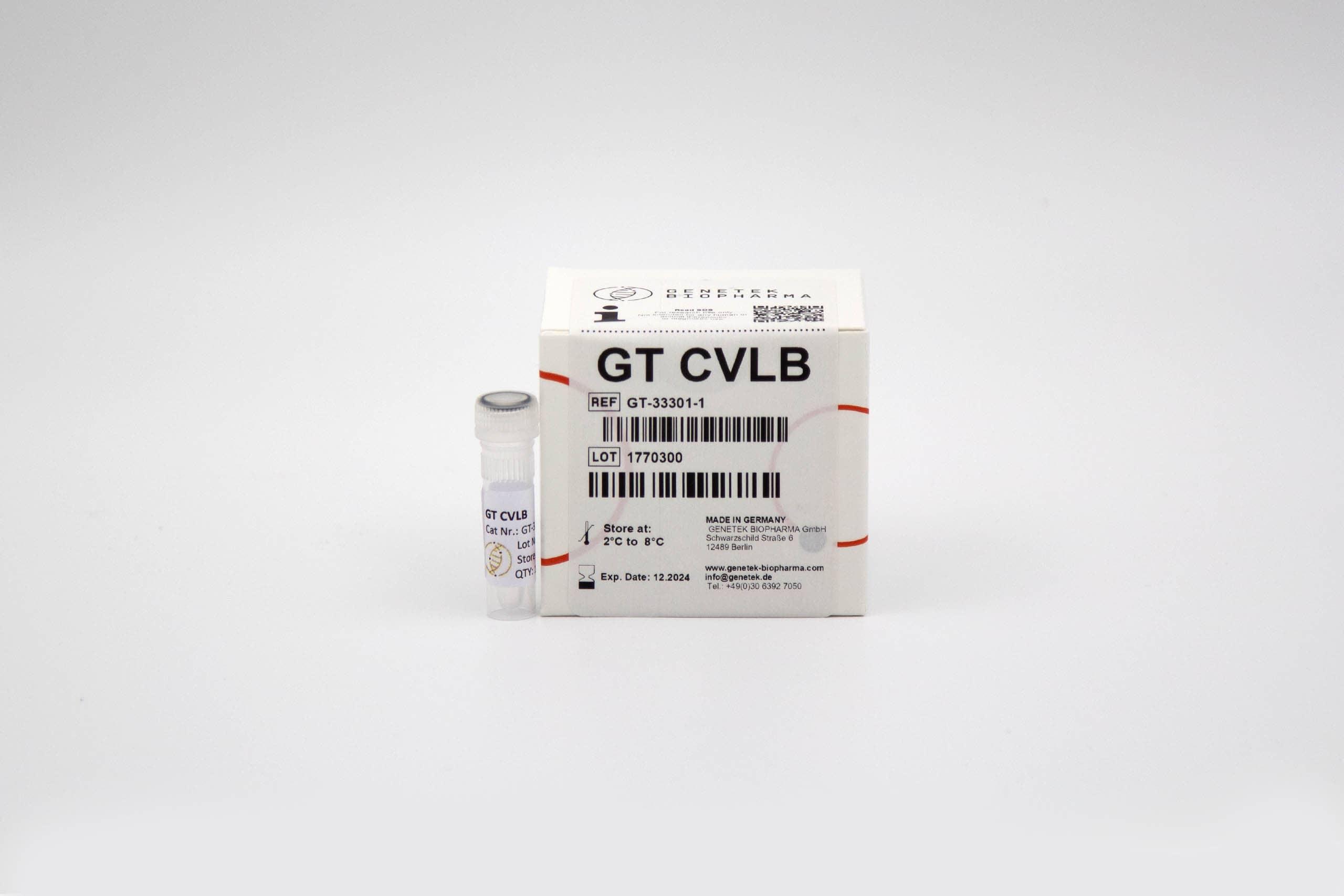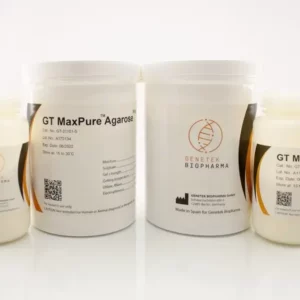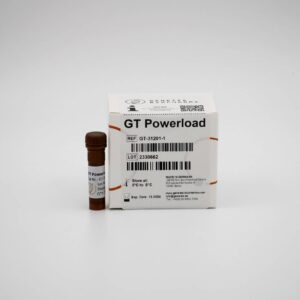Chorionic villi are used for cytogenetic and molecular analysis to determine a fate of a fetus. For molecular analysis such as QF-PCR, one needs DNA extracted from chorionic villi (CV), either by direct fetal sample or cultured villi cells (trophoblasts). The main use of CV is for molecular analysis. In normal cases, the CV is lysed in special buffers and DNA is extracted. Proteinase K usage is almost always a part of extraction. DNA extraction could be expensive and time-consuming. Genetek Biopharma has developed a unique buffer for quick and reliable DNA for most molecular analysis especially QF-PCR from chorionic villi without any particular DNA extraction needed. One mixes small pieces of the villi with the buffer and uses it for PCR.
Storage:
The GT CVLB can be kept at 4˚C for up to one year, however, we recommend storage at -20 ˚C for the long term.
How to use
- Cut a very small piece of chorionic villus by a clean cutter and put it in a 0.2 ml microtube. Add 5-10 µl of GT CVLB and leave it for 10 min at room temperature and vortex occasionally followed by quick spin.
- Use one µl of the liquid part per 20 µl PCR. The PCR program must have a hot start program with at least 5 min of initial denaturation at 95˚C. The CVLB has been optimized on AneuSure® or AneuSure® Extra Plus, AZF, GT Detector range of HID kits, and other Genetek multiplex PCR kits.
Note:
Most of the CVs should be visible after the above procedure, so not all the CVs would be lysed. So, if you see much of the CV intact, do not worry and continue to the next step which is taking a small amount from the liquid part per PCR. Unused chorionic villus and liquid part can be stored at 4 ˚C for short use or leave it at – 20˚C for long-term use.
Troubleshooting:
- We recommend the use of DNA extracted as a control for the first time using CVLB in your PCR.
- The GT CVLB should produce the same type of results if the right amount of cells are used. It is important to have suspended cells in the CVLB and CV solution. So, optimization on the number of cells must be done initially by using different amounts of cells or piece of CV.
- If no result is obtained, try smaller portion of the villi. Alternatively leave the cells for longer time to lyse.
- Have you vortexed enough? Occasional mixing during lysis is important.
- Have you used a positive control, using the provided DNA with Genetek kits? Use of control DNA ensures that where the problem may have occurred.






